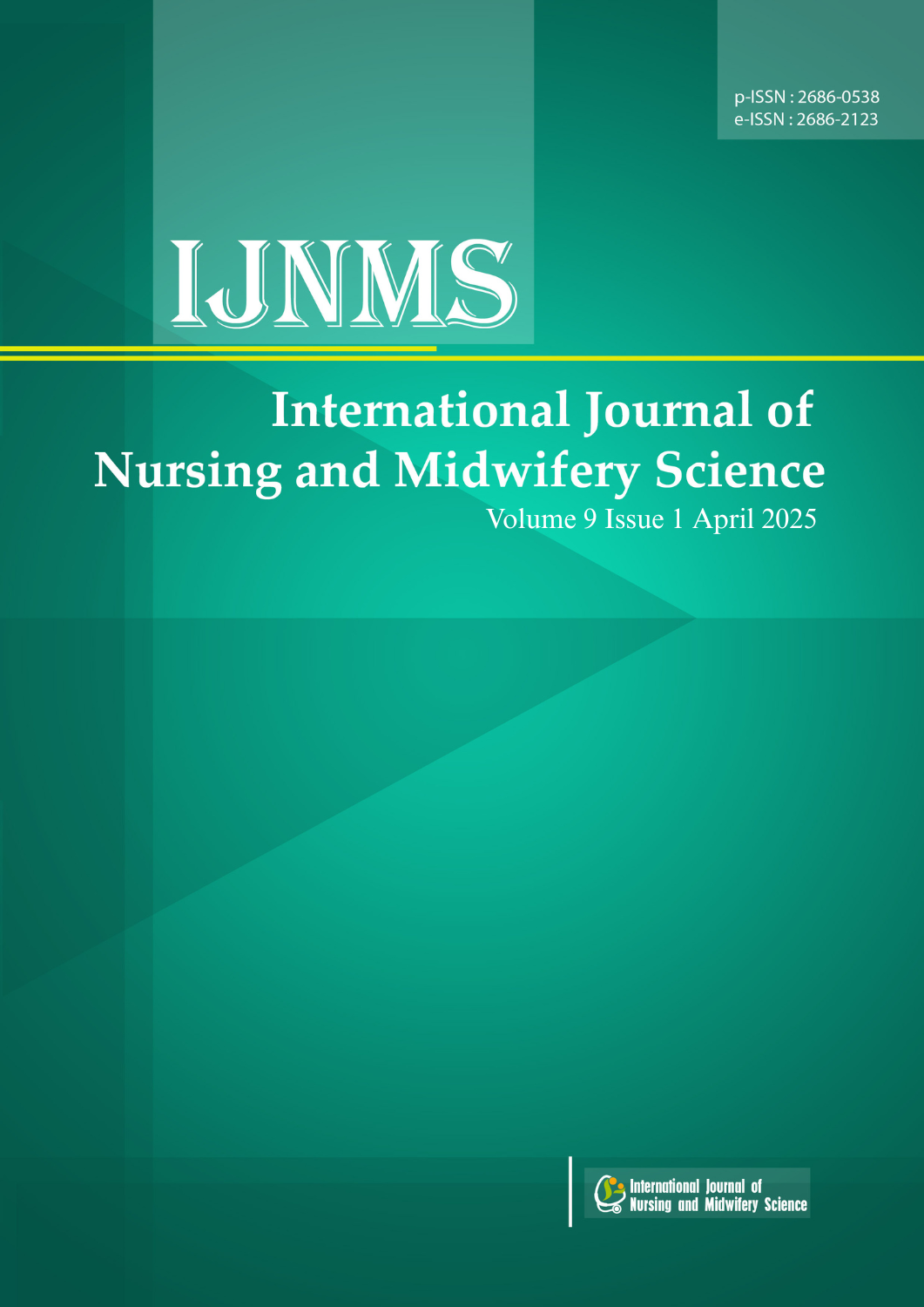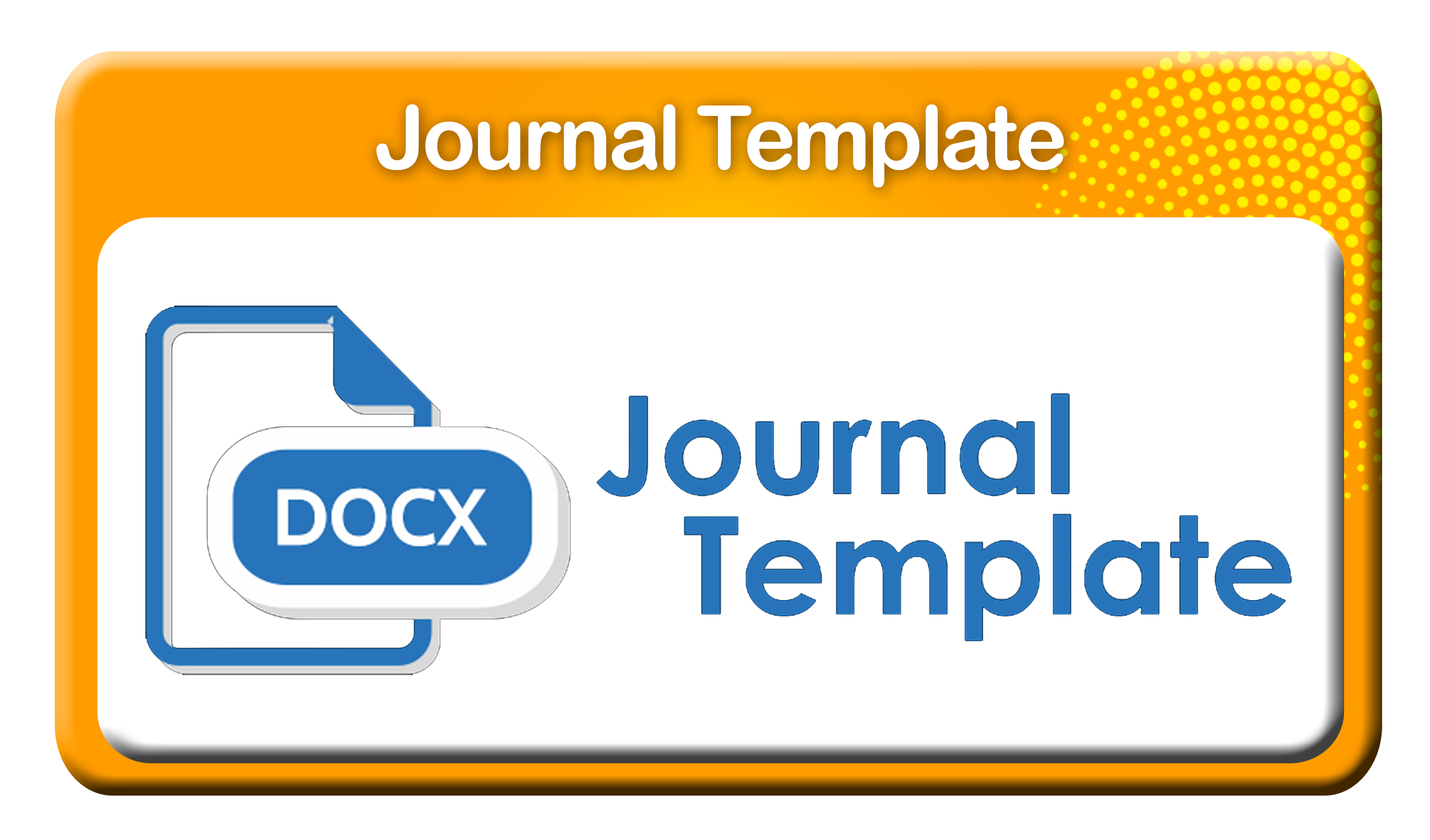DIGITAL HEALTH INTERVENTIONS TO IMPROVE GLYCEMIC OUTCOMES IN TYPE 2 DIABETES MELLITUS: A LITERATURE REVIEW
DOI:
https://doi.org/10.29082/IJNMS/2025/Vol9/Iss1/703Keywords:
Digital Health, Glycemic Control, Telemedicine, Type 2 Diabetes MellitusAbstract
Type 2 diabetes mellitus (T2DM) is a growing global health concern marked by persistent hyperglycemia and a high risk of complications. Despite advancements in treatment, many patients fail to achieve optimal glycemic control. Digital health interventions (DHIs) have emerged as promising tools to support self-management and improve outcomes in T2DM care. This literature review aims to evaluate the effectiveness of DHIs in enhancing glycemic control among individuals with T2DM. A literature review was conducted by searching databases such as EBSCOhost, ScienceDirect, ProQuest, and Google Scholar for full-text articles published between 2016 and 2025. Inclusion criteria focused on studies involving adult T2DM populations using mobile apps, telemedicine, or web-based platforms to support glycemic management. A total of 10 studies met the criteria and were analyzed narratively. A total of 10 studies were analyzed in this literature review to evaluate the impact of digital health interventions on glycemic control among T2DM patients. These studies comprised randomized controlled trials, quasi-experimental studies, and cohort studies conducted in various global settings. The findings consistently demonstrated that digital health interventions such as mobile applications, web-based platforms, and telemedicine systems positively affect glycemic control, primarily measured through decreased HbA1c levels. This literature review concludes that DHIs show strong potential in improving glycemic control in T2DM. The effectiveness of these interventions is influenced by user engagement, digital literacy, and integration with healthcare support.
Downloads
References
Abdel Nasser, A., Alzahrani, R. M., Ghandoura, A. N., & Sultan, I. (2021). Use of Electronic Health (eHealth) Among Saudi Type 2 Diabetic Patients and Its Association With Their Diabetic Self-Management: A Cross-Sectional Study. Cureus, 13(3), 1–9. https://doi.org/10.7759/cureus.13882
Al-Ozairi, E., Ridge, K., Taghadom, E., De Zoysa, N., Tucker, C., Stewart, K., Stahl, D., & Ismail, K. (2018). Diabetes and TelecommunicationS (DATES) study to support self-management for people with type 2 diabetes: A randomized controlled trial. BMC Public Health, 18(1), 1–8. https://doi.org/10.1186/s12889-018-6136-8
Bassi, G., Mancinelli, E., Dell’arciprete, G., Rizzi, S., Gabrielli, S., & Salcuni, S. (2021). Efficacy of ehealth interventions for adults with diabetes: A systematic review and meta-analysis. International Journal of Environmental Research and Public Health, 18(17). https://doi.org/10.3390/ijerph18178982
Duong, T., Olsen, Q., Menon, A., Woods, L., Wang, W., Varnfield, M., Jiang, L., & Sullivan, C. (2025). Digital Health Interventions to Prevent Type 2 Diabetes Mellitus: Systematic Review. Journal of Medical Internet Research, 27. https://doi.org/10.2196/67507
Grady, M., Holt, E., Cameron, H., & Edelman, S. (2025). Improved glycemic outcomes in people with type 2 diabetes using smart blood glucose monitoring integrated with popular digital health therapeutics. Scientific Reports, 15(1), 1–10. https://doi.org/10.1038/s41598-025-93605-1
Hummel, M., Bonn, S. E., & Trolle Lagerros, Y. (2022). The effect of the smartphone app DiaCert on health related quality of life in patients with type 2 diabetes: results from a randomized controlled trial. Diabetology and Metabolic Syndrome, 14(1), 1–11. https://doi.org/10.1186/s13098-022-00965-z
International Diabetes Federation. (2021). IDF Diabetes Atlas (10th ed.). https://diabetesatlas.org/
Khyoosh Al-Eqabi, Q. A., Niazy, S. M., & Radhi, M. M. (2024). Effectiveness of Digital Health Interventions in Managing Glycated Haemoglobin: A Randomized Controlled Trial. National Journal of Community Medicine, 15(9), 747–753. https://doi.org/10.55489/njcm.150920244442
Nyström, T., Holzmann, M. J., Eliasson, B., Svensson, A. M., & Sartipy, U. (2018). Estimated glucose disposal rate predicts mortality in adults with type 1 diabetes. Diabetes, Obesity and Metabolism, 20(3), 556–563. https://doi.org/10.1111/dom.13110
Paper, O., Lindberg, I., & Ribu, L. (2017). Telemonitoring and Health Counseling for Self-Management Support of Patients With Type 2 Diabetes : A Randomized Controlled Trial. JMIR Diabetes, 2(1). https://doi.org/10.2196/diabetes.6884
Polonsky, W. H., & Henry, R. R. (2016). Poor medication adherence in type 2 diabetes: Recognizing the scope of the problem and its key contributors. Patient Preference and Adherence, 10, 1299–1306. https://doi.org/10.2147/PPA.S106821
Stevens, S., Gallagher, S., Andrews, T., Ashall-Payne, L., Humphreys, L., & Leigh, S. (2022). The effectiveness of digital health technologies for patients with diabetes mellitus: A systematic review. Frontiers in Clinical Diabetes and Healthcare, 3(October). https://doi.org/10.3389/fcdhc.2022.936752
Zimmermann, G., Venkatesan, A., Rawlings, K., & Scahill, M. D. (2021). Improved glycemic control with a digital health intervention in adults with type 2 diabetes: Retrospective study. JMIR Diabetes, 6(2), 1–12. https://doi.org/10.2196/28033
Downloads
Published
Issue
Section
License
Copyright (c) 2025 Waras Budi Utomo, Muzdalipah, Reska Ahmad Muhajir, Yulianur Fawzi

This work is licensed under a Creative Commons Attribution-ShareAlike 4.0 International License.
Authors who publish with IJNMS agree to the following terms
- Authors retain copyright licensed under a Creative Commons Attribution-ShareAlike 4.0 International License that allows others to share the work non-commercially with an acknowledgement of the work's authorship and initial publication in this journal.
- Authors are permitted and encouraged to post their work online (e.g., in institutional repositories or on their website) prior to and during the submission process, as it can lead to productive exchanges, as well as earlier and greater citation of published work (See The Effect of Open Access). Authors can archive pre-print and post-print or publisher's version/PDF.









_IJNMS.png)






